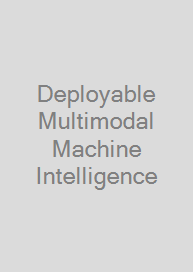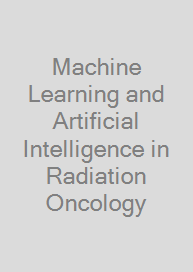Deployable Multimodal Machine Intelligence
Applications in Biomedical Engineering
| Auflage | 2023 |
| Seiten | 598 pp. |
| Verlag | Springer |
| ISBN | 9789811959318 |
| Artikel-Nr. | 571209 |
Noch nicht erschienen, ca. Feb. Liefertermin 1-3 Tage nach Erscheinen
Produktbeschreibung
This book highlights the principles, design and characterization of mechanically compliant soft and foldable robots. Traditional rigid robots with bulky footprints and complicated components prolong the design iteration and optimization for keyhole and minimally invasive transluminal applications. Therefore, there is an interest in developing soft and foldable robots with remote actuation, multimodal sensing and machine intelligence. This book discusses the use of foldable and cuttable structures to design biomimetic deployable soft robots, that can exhibit a fair number of motions with consistency and repeatability. It presents the overall design principles, methodology, instrumentation, metamorphic sensing, multi-modal perception, and machine intelligence for creating untethered foldable active structures. These robotic structures can generate a variety of motions such as wave induction, compression, inchworm, peristalsis, flipping, tumbling, walking, swimming, flexion/extension etc. Remote actuation can control motions along regular and irregular surfaces from proximal sides. For self-deployable medical robots, motion diversity and shape reconfiguration are crucial factors. Deployable robots, with the use of malleable and resilient smart actuators, hold this crucial advantage over their conventional rigid robot counterparts. Such flexible structures capable of being compressed and expanded with intelligence perceptions hold enormous potential in biomedical applications.
Highlights the use of flexible structures/robots being compressed and expanded with machine intelligence
Discusses the overall design principles and methodology of the untethered foldable active structures
Presents how remote actuation can control motions along regular and irregular surfaces from proximal sides
Highlights the use of flexible structures/robots being compressed and expanded with machine intelligence
Discusses the overall design principles and methodology of the untethered foldable active structures
Presents how remote actuation can control motions along regular and irregular surfaces from proximal sides



